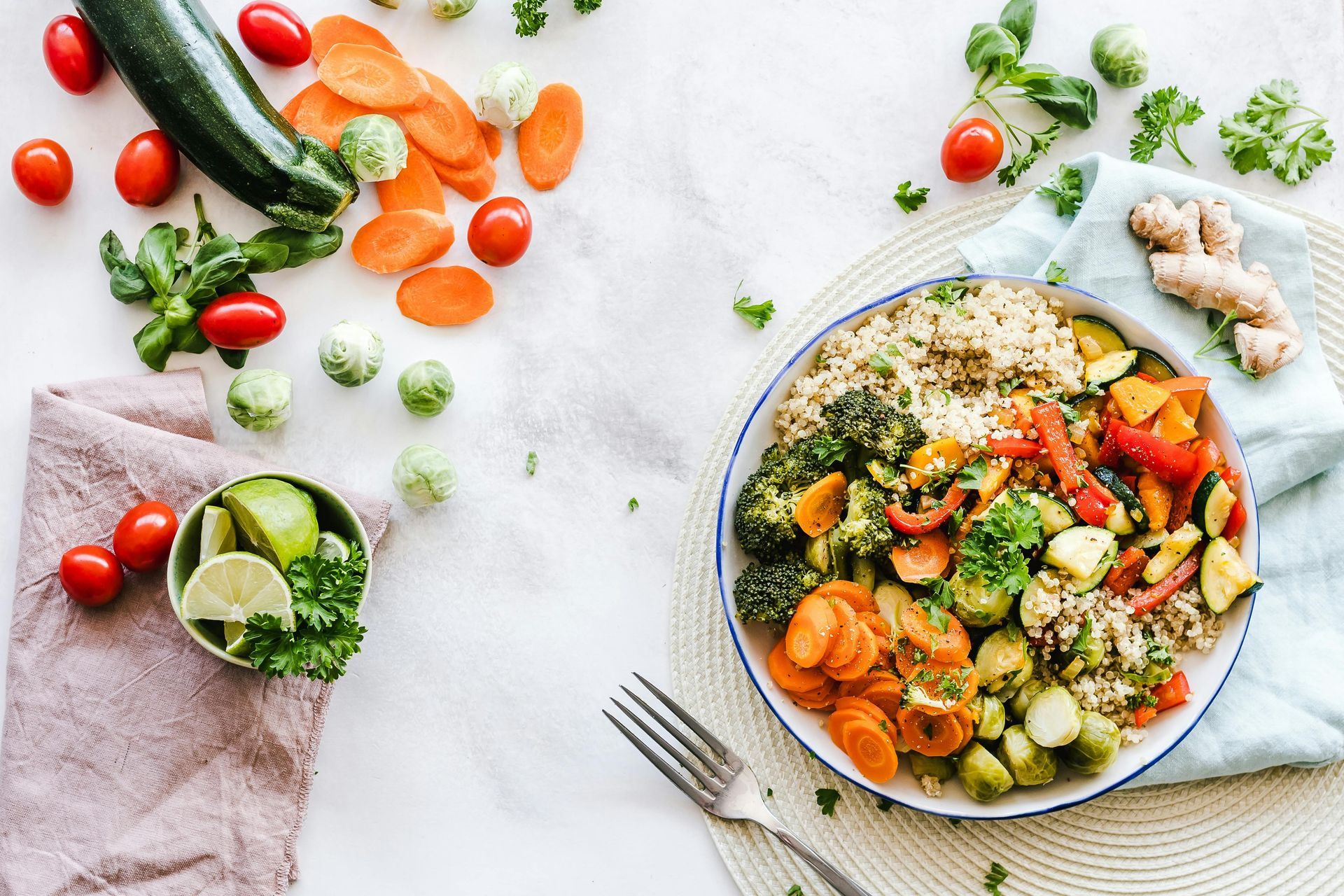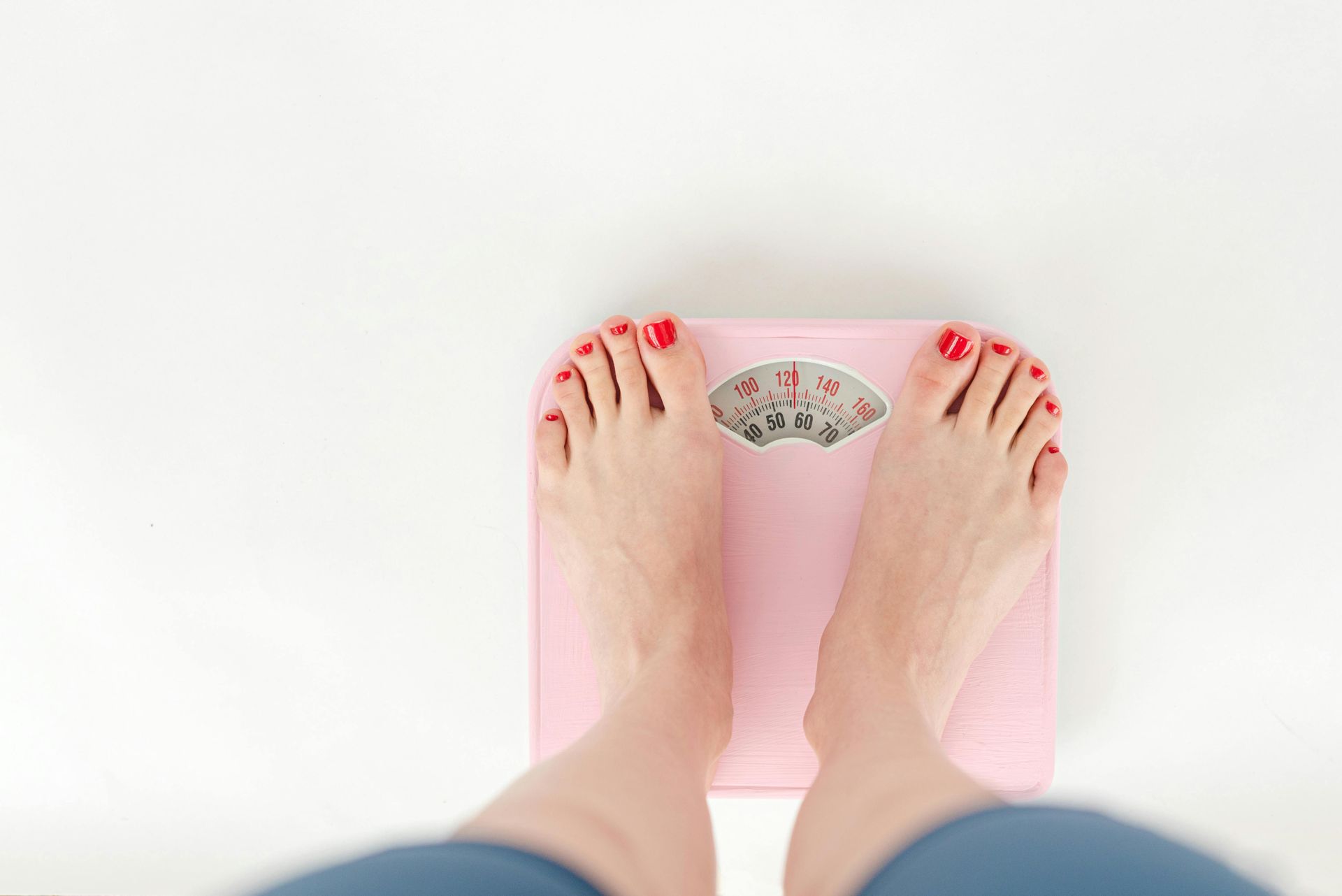What to Eat When You're on GLP-1 Medications

If you’ve started taking a GLP-1 medication—whether it’s a name-brand option like Wegovy® or a compounded version prescribed by your provider—you may have noticed changes in your appetite, digestion, or cravings. That’s normal. GLP-1 medications affect how your body regulates hunger and fullness, and they often make you feel fuller faster. But that doesn’t mean nutrition stops mattering. In fact, what you eat while on GLP-1 medications can help you feel better, support your weight loss goals, and reduce unwanted side effects like nausea or fatigue.
Here’s what to eat—and what to avoid—when you’re taking a GLP-1 medication as part of your weight loss journey with our Texas-based telemedicine clinic.
1. Focus on Protein First
One of the most important shifts to make while on GLP-1 medications is prioritizing high-quality protein. Because these medications reduce appetite, it’s easy to eat less overall—but less food can also mean fewer nutrients. Protein helps preserve muscle mass as you lose weight, supports metabolic health, and keeps you feeling full for longer.
Some great protein options include:
- Eggs (boiled, scrambled, poached)
- Greek yogurt or Icelandic skyr
- Cottage cheese
- Grilled chicken or turkey
- Tofu or tempeh
- Fish (like salmon, tuna, or cod)
Try to include a source of protein at every meal, and especially at breakfast, when blood sugar levels can be more sensitive.
2. Choose Gentle Carbs, Not Heavy Ones
Carbohydrates aren’t off-limits while taking a GLP-1, but heavy, greasy, or ultra-processed carbs can lead to gastrointestinal discomfort—especially in the early stages of treatment. Instead of sugary pastries or deep-fried sides, opt for fiber-rich carbs that digest slowly and support gut health.
Reach for:
- Oatmeal (plain or lightly sweetened)
- Quinoa or brown rice
- Whole fruit (like berries, apples, or bananas)
- Sweet potatoes (baked or roasted)
Avoid greasy fast food and heavy bread products until your body adjusts. Many of our Texas patients report better tolerance when they scale back on tortillas, breakfast tacos, and fried Tex-Mex dishes—at least for the first month or two.
3. Hydration Is Not Optional
GLP-1 medications can reduce your natural thirst cues, even as your digestion slows down. That combination can lead to constipation, dizziness, or fatigue if you’re not staying ahead of your hydration.
Water is best, but herbal teas, electrolyte drinks without added sugar, and broths also count. Many patients in Texas, especially during the hotter months, benefit from keeping a water bottle nearby and setting reminders to sip regularly.
Pro tip: If you’re experiencing constipation, try a warm cup of magnesium citrate or a daily fiber supplement like psyllium husk—just clear it with your provider first.
4. Eat Smaller Portions More Slowly
Because GLP-1 medications delay gastric emptying, eating too quickly or too much at once can cause bloating, nausea, or even vomiting. Most patients feel best when they eat smaller meals more slowly and stop eating as soon as they feel satisfied—not full.
You may find it helpful to use a smaller plate, take a break halfway through your meal, and give yourself at least 20–30 minutes to finish. This pacing also gives your brain time to catch up with your stomach.
5. Watch Out for Trigger Foods
Every patient reacts a little differently, but some foods are more likely to cause problems when you’re on GLP-1 therapy. These include:
- Fried foods
- Greasy meats (like bacon or sausage)
- Carbonated beverages (which can increase bloating)
- Alcohol (especially on an empty stomach)
- Foods high in added sugar
Start slowly with these and pay close attention to how your body reacts. If you’re unsure whether something is safe for you, bring it up with your provider—we’re happy to help you navigate those decisions in a way that works for your goals.
6. Don’t Skip Meals Entirely
Because appetite often drops significantly, some patients try to “ride the wave” and skip meals altogether. While this may seem like a fast track to weight loss, it can backfire by slowing metabolism, reducing lean body mass, and making you feel worse in the long run.
Even if you’re not hungry, aim to eat something every 4–6 hours during the day. A protein shake, a boiled egg, or a half-cup of Greek yogurt is better than nothing.
Personalized Nutrition Advice, Wherever You Are in Texas
At our telemedicine weight loss clinic, we work with patients throughout Texas—from Houston to Dallas, Austin to El Paso—to create safe, effective plans tailored to your body and your goals. Whether you’re taking a compounded GLP-1 or a name-brand medication, we’re here to guide you through the process, including your nutrition choices.
We can help you adjust your diet in a way that complements your medication, reduces side effects, and keeps you moving toward your target weight. And since our entire practice is virtual, you can meet with us from the comfort of your own home—no waiting rooms, no traffic.
Ready to Start?
If you live in Texas and are curious about medically guided weight loss using GLP-1 medications, we’re ready to help. Schedule a free consultation today to learn more about our flexible subscription plans and how we can support you every step of the way.
This post is not medical advice. Please consult a doctor before making any healthcare decisions.



